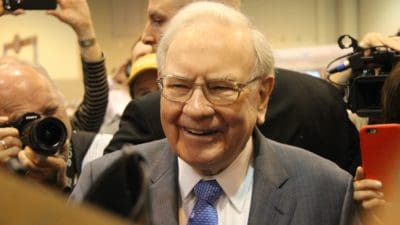As a Lloyds Banking Group (LSE: LLOY) shareholder, it was nice to see the shares peeking back above the 50p level this year. But since the start of June, the Lloyds share price has fallen back and stands at 47p as I write. Will it ever break through 50p and stay there? And do I actually care?
Well, in the long term, I certainly do care. But while I’m still in a net investing phase, I’m happy for the share price to remain low. I bought my Lloyds shares primarily for dividends, and that is more important to me right now. For 2020, the 0.57p per share the bank paid resulted in a yield of only around 1.6%. But that is not representative of any underlying performance. No, it was the maximum possible under current PRA restrictions.
Lloyds share price valuation
So I don’t have any way to calculate my likely future dividend yields right now. But what’s the Lloyds share price valuation looking like? Forecasts for the current year have been creeping upwards. Analysts currently put their earnings per share estimates for 2021 at around 5.9p. On a share price of 47p, that’s a price-to-earnings multiple of just eight. The FTSE 100’s long-term average P/E stands at around 14, so on that score Lloyds looks cheap. So why have the shares fallen back?
I suspect part of it is down to some profit taking. Investors who bought around the start of the year would have been nearly 40% up by the end of May. It must be tempting to transfer a bit of that gain into whatever stock might be set for the next recovery. But I think there’s a wider drag on the Lloyds share price, and that’s the UK economy.
Tied to the UK economy
We’ve all seen the news headlines proclaiming the strongest economic outlook since before the pandemic. And inflation has blipped up a bit too. But at the depths we’re restarting from now, we’re still a long way from the economy looking actually strong in any real sense. Then there’s the housing market. Strong demand has made it look buoyant since the easing of lockdown, but again it’s still way too early tell where the next few years will go.
Lloyds is a purely UK-focused bank these days. Those two things, the economy in general and the housing market, will be key to its performance. And while those are both so uncertain, I can see the Lloyds share price remaining weak. There really is no international buffer against domestic ups and downs any more.
Dividend prospects
But to me Lloyds is looking good, with a strong balance sheet and healthy liquidity. I reckon it could withstand an economic downturn even if we have one, and still be able to pay decent dividends. I don’t think we will have one, mind. And at the current Lloyds share price, it’s very much a top-up candidate for me.







